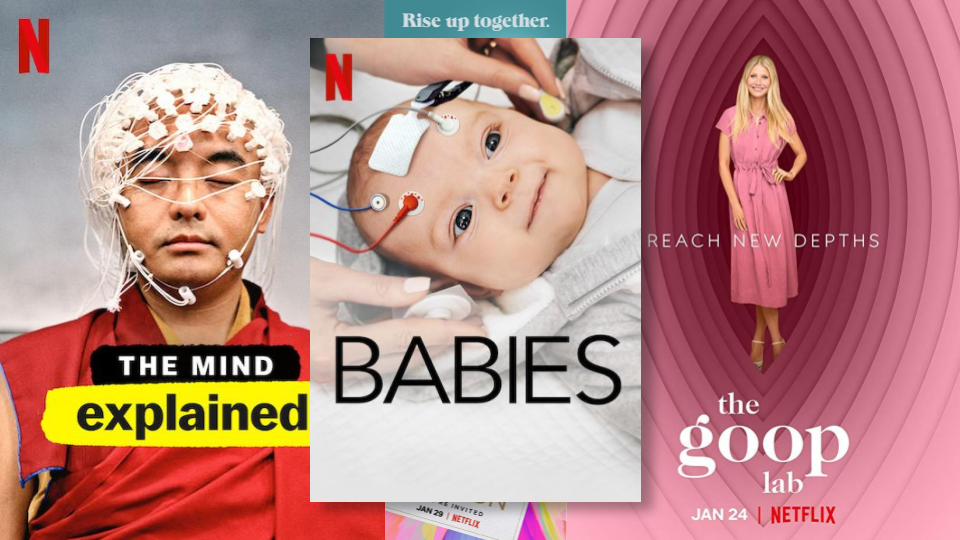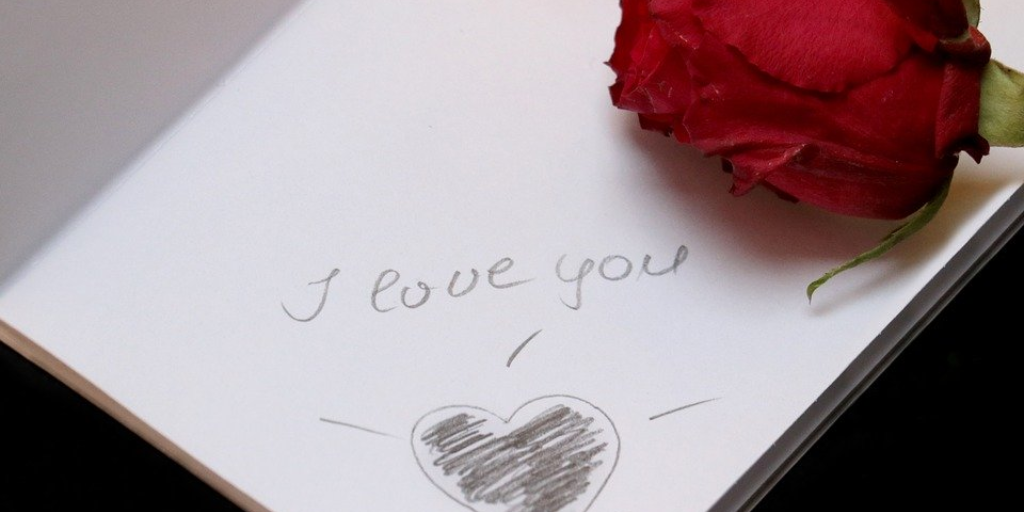Sunday Classics
by Jeric Llanes
This 1939 film adaptation of Margaret Mitchell’s Gone with the Wind stars Vivian Leigh and Clark Gable as Scarlett O’Hara and Rhett Butler, two hopeful romantics from the old South, affected by the coming and aftermath of the American Civil War. Though, despite what the posters of the film suggest, Scarlett and Rhett are not your typical lovers, and this is not a traditional romance where love conquers above all. Instead, we get a tragic love story caused by Scarlett’s longing to be with Ashley Wilkes, a respected man already married to the kind and gentle Melanie Hamilton. And when Rhett Butler’s desire for Scarlett comes into play, the drama and heartbreak of this love-square is brought to the forefront of a country devastated by war.
Of course, when a movie attempts to adapt a book onto the big screen there are probably going to be some cuts to the story to ensure that the film has a reasonable runtime (perhaps to the dismay of some novel purists). But when Mitchell’s classic novel happens to be around 1000 pages long, the movie that comes out is still a whopping four hours.
Now bear with me for a moment! The movie is split into two parts with an intermission in between, giving the audience a chance to absorb everything that has happened so far and mentally prepare for the second half. Some critics knock this film for its runtime, but I think the length is appropriate for the overall grandeur of this classic.
Everything about this movie feels like it’s on a grand scale, from the big mansions, to the wardrobes, to the ransacked towns and spoils of the Civil War. This was very ambitious for its time, as Gone with the Wind pushed several boundaries that have never been seen in cinema before its time. Some of the grand scenes still hold up and even amazed me at times, particularly the scenes involving the South recuperating after their defeats in the war. It’s mind boggling to think about the number of actors to hire to play the battered soldiers, and how the cameras were able to capture a mass scale of trauma and hysteria in the background of this “love” story. We follow these characters throughout the years of the war, and the length of this movie adds to the epic feel of it all. It felt as if I went through the same enduring experience of the characters on screen!
The beneficiary of the extended time length was definitely the main protagonist, Scarlett O’Hara. I think the runtime gave the necessary space for Scarlett to make a believable change in her character. We literally watch her grow from a helpless young girl, to a woman who learns to manipulate others for her survival and needs. Vivian Leigh is perfect in the role as both the whiny teen in the first half of the film, and a cunning and crafty woman in the second half.
Though, that’s not to say that Scarlett is a likable character by any means. In fact, I found her to be incredibly frustrating at times. She’s very selfish and narcissistic in her goal to be with Ashley Wilkes, which is ironic considering that those are the same qualities that turn her off to Rhett Butler’s advances. Though, it’s in those shared characteristics that Scarlett and Rhett can bond together, making for a very volatile and almost dangerous dynamic between the two. Their unconventional relationship makes for some neat and unexpected twists and turns throughout the film, which is needed when the movie spans for as long as it does.
Now, there are some fair criticisms about this classic, particularly when it comes to the portrayal of old south and the slaves shown in the film. Because the setting and characters are from Georgia, there is a tendency for the characters to romanticize their old traditions, which inevitably leads to the romanticism of slavery. And while I don’t agree with some of the themes and ideals of the film, I think that it’s important to take a step back and take this movie as a historical work of art. Some view Gone with the Wind as one of the stepping stones that allowed for more opportunities for African American actors and actresses in Hollywood. In fact, actress Hattie McDaniel became the first African American to win an Oscar for her portrayal as Mammy, the servant and caretaker of Scarlett O’Hara and her family. Personally, Mammy was my favorite character in the film, as she seemed to be the voice of reason in a myriad of characters who are misguided by their passionate desire for love. Mammy loved Scarlett and the O’Hara family, but she wasn’t afraid to be straight and tell it like it is!
Overall this is an epic film, so grand that I couldn’t possibly cover everything there is to know about it in this review. It is a bit of a long journey, so buckle up, and maybe grab a cup of coffee or two as you watch. Or you can split your viewing into two parts if the run time is a little too long for your liking. The substance of the film is worthwhile, and finishing the film will be a satisfying treat for any fan of cinema or those that love a heart wrenching love story!
Where to Watch this Film:Gone with the Wind is available for rent/purchase on Youtube, Amazon Video, VUDU, Google Play, iTunes, and Netflix DVD.



















Picking up the story three years after the ending of The Godfather, The Godfather Part II continues the saga of Michael Corleone (Al Pacino) as he looks to bring his family’s reputation…